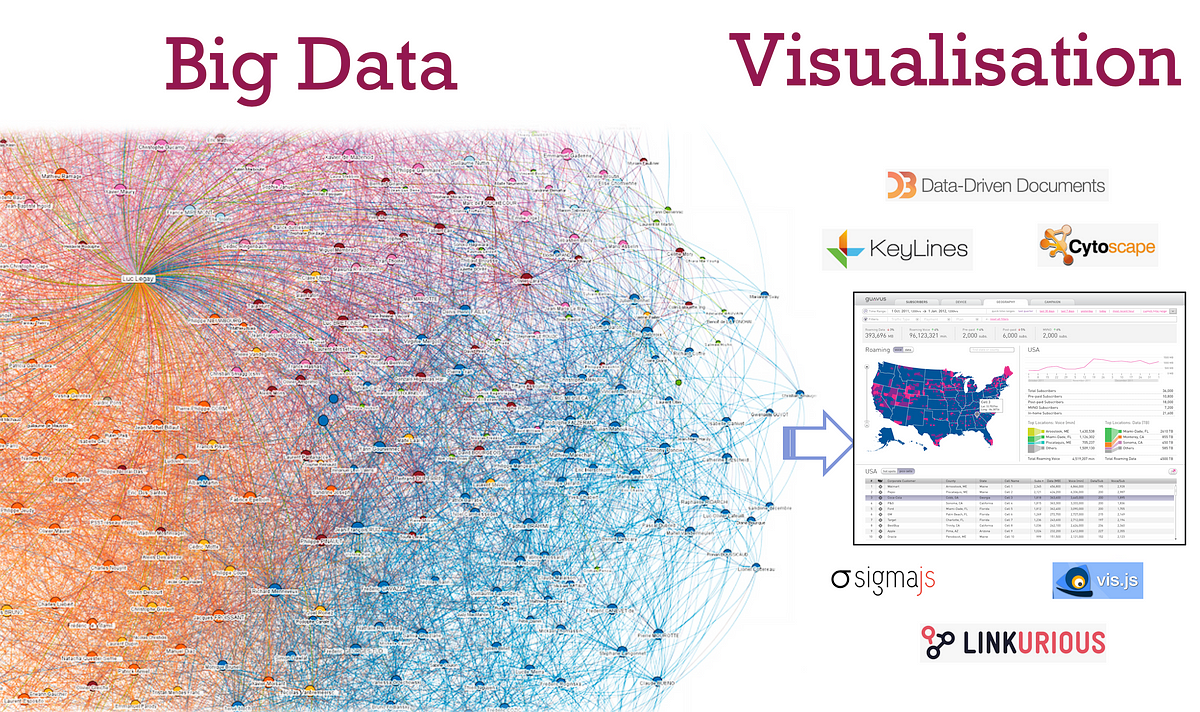

The sample below shows the same example but with both node and edge labels. The sample below shows a directed graph with two edges. Directed and undirected graphs are supported. Only labels and colors are imported if present. Subgraphs are not supported, nor custom attributes or size. Gephi currently doesn’t provide a complete support of the DOT format. The following link shows the official website, where information is available about the DOT format. Additional informations can be found on Wikipedia. Graph visualization is a way of representing structural information as diagrams of abstract graphs and networks. NetworkX, Tulip or ZGRViewer can import DOT files as well. Graphviz is an open source graph visualization software. The input file in dot format can be generated by.

It has a human-readable syntax that describes network data, including subgraphs and elements appearances (i.e. Graphviz developed by AT&T provides a package of code for generating graph images from a text definition.
#Graphviz graph how to
If you are using a Jupyter Notebook, you can display the graph visualization output inline: from IPython.display import Imageįor a more detailed example of visualization using, refer to the How to debug manual.DOT is the text file format of the suite GraphViz.

Once you've installed Graphviz, ensure that the Graphviz binaries are in your PATH environment variable.
#Graphviz graph pdf
And if you would like PNG, PDF or SVG output, you will need Graphviz in addition to pydot-ng.
#Graphviz graph install
In order to output the DOT output, you will need to install pydot-ng ( pip install pydot_ng). In addition, if filename is specified, the method outputs a DOT, PNG, PDF or SVG file (corresponding to the filename suffix). The plot(root, filename=None) function returns a network description of the graph starting at the root node provided. To get the underlying description of the computational graph, CNTK provides a plot function in the module. Refer to the CNTK 201A tutorial for instructions on downloading and preparing the CIFAR-10 dataset for use in CNTK. Now assuming we are training on the CIFAR-10 dataset, which consists of 32x32 images in 10 classes, we can assign the input shape correspondingly. With C.fault_options(init=C.glorot_uniform(), activation=C.relu):Ĭ.layers.Convolution((5,5),, pad=True, name=),Ĭ.layers.MaxPooling((3,3), strides=(2,2), name=)Ĭ.layers.Dense(num_classes, activation=None, name='classify') To illustrate a use case, let's first build a simple convolutional network using the CNTK Layers library. CNTK provides a simple way to visualize the underlying computational graph of a model using Graphviz, an open-source graph visualization software.


 0 kommentar(er)
0 kommentar(er)
